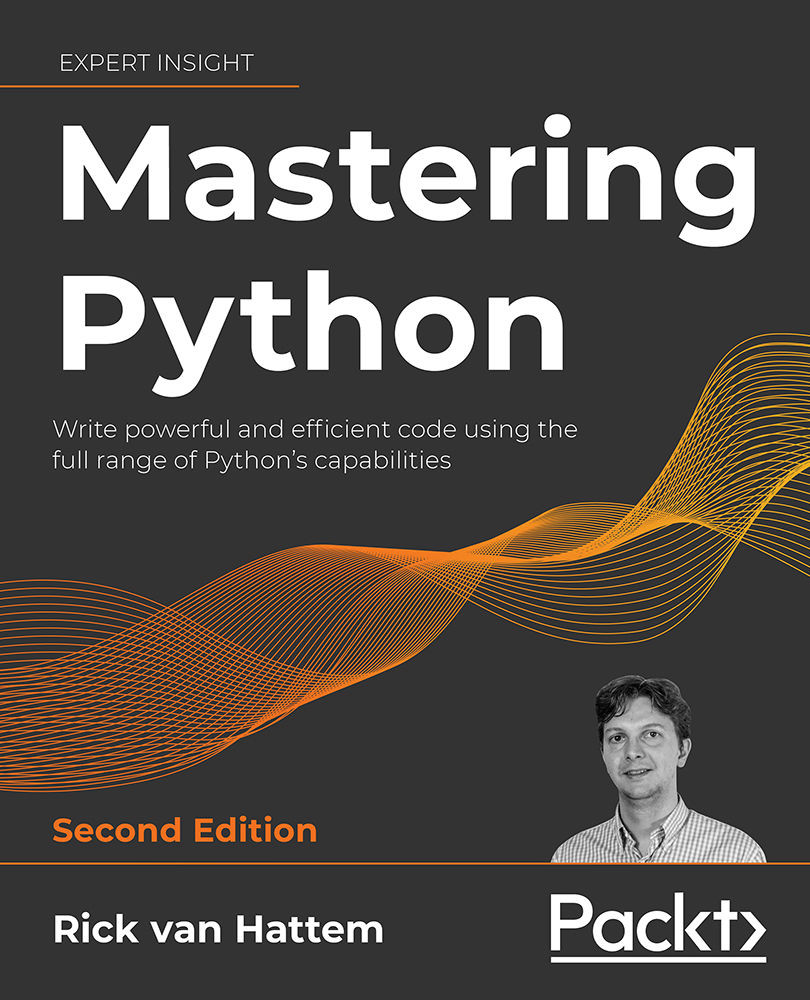Metaclasses are the factories that create new classes in Python. In fact, even though you may not be aware of it, Python will always execute the type metaclass whenever you create a class.
A few common examples where metaclasses are used internally are abc (abstract base classes), dataclasses, and the Django framework, which heavily relies on metaclasses for the Model class.
When creating classes in a procedural way, the type metaclass is used as a function that takes three arguments: name, bases, and dict.name will become the __name__ attribute, bases is the list of inherited base classes and will be stored in __bases__, and dict is the namespace dictionary that contains all variables and will be stored in __dict__.
It should be noted that the type() function has another use as well. Given the arguments documented above, it will create a class with those specifications. Given a single argument with the instance of a class (for example, type...



 Free Chapter
Free Chapter
